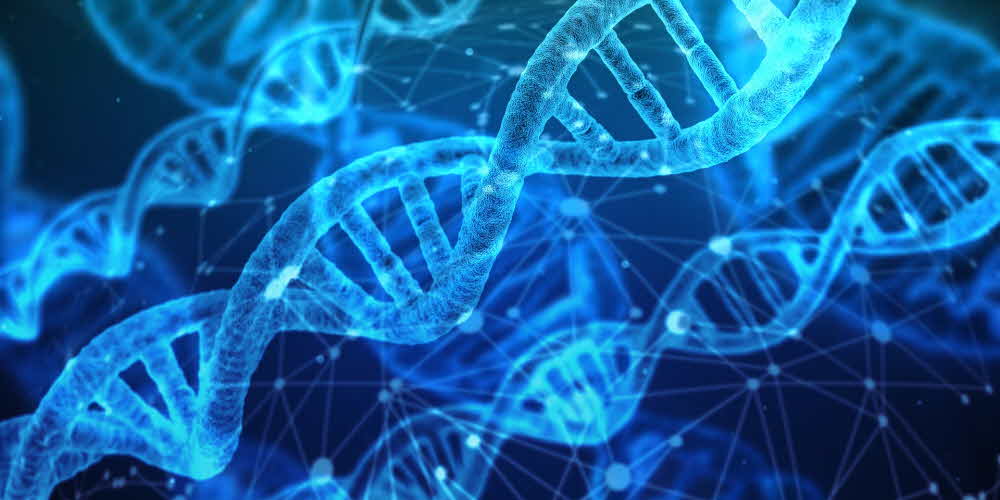
The ultimate goal of gene-editing technologies like CRISPR is to quickly and accurately edit the genetic code, as if simply reassembling parts. Gene-editing techniques like CRISPR/Cas may be one of the ideal approaches, but the off-target effect of adding extra DNA in the wrong place, thus potentially causing unintended side effects on unwanted genes. Contains.
A team of researchers at the Broad Institute of Harvard and MIT has developed a new technique called prime editing. The research team believes that prime editing can edit genetic code with far less off-target effects than before. It is believed that this technology may one day treat a number of harmful genetic diseases such as Tay-Sachs disease or sickle cell anemia.
In short, the difference between CRISPR and Prime Editing can be said to be the difference between scissors and a word processor.
DNA is made up of four molecules that correspond to the double-stranded genetic code made of proteins, a blueprint that determines the shape and function of organisms. When using DNA, it temporarily breaks the chain to make a single-stranded copy called RNA. The CRISPR system works by programming RNA by the enzyme Cas9, the most frequently used enzyme.

The contents of the program are made according to the defined genetic information of the target organism in the form of RNA, and Cas9 is delivered to the part to be cut of the DNA strand forming the target pair. After that, the original DNA repair mechanism repairs the cell. At this time, the new RNA put in by the research team is embedded and the blocked data is deleted.
This method is suitable for large-scale editing. However, problems can arise when making accurate edits. It can be cut in the wrong way, or insert or remove DNA that is not intended. The research team needed precise gene editing techniques to solve this double-stranded break. Also, the single base editor can edit individual molecules, but the problem is that they are limited in number and cannot insert or remove DNA.
If the CRISPR/Cas9 is scissors and the single base editor is a pencil, the prime editor is like a word processor. It is possible to search for a target DNA string and replace the edited DNA string accurately.
Prime Editor is a complex material containing Cas9 enzymes that notch DNA strands and reverse transcriptases that can generate new DNA. The created pegRNA (prime editing guide RNA) sends the prime editor where the Cas9 of DNA puts the notch. The edited string is then transferred from the pegRNA to the target DNA, and the reverse transcriptase reads the RNA and creates a corresponding DNA string and attaches it to the edge of the notch.
Nucleases in cells cut old segments of DNA and paste new strings into genetic information through a natural-provided repair mechanism. Then, to permanently install the edited DNA, a prime editor is guided with another guide RNA and a notch is placed in the unedited chain. The cell that detects the notch recovers it using the edited chain as a template. This is the end of all editing.
According to a paper published in the journal Nature, the research team used this technique to edit 175 times and, like other editing techniques, used human cells for testing to solve the genetic problem that causes Tay-Sachs disease or sickle cell disease. The research team explains that this technique can in principle correct 89% of the known human pathogenic gene mutations.
But that doesn’t mean that the Prime editor is better or inferior to the CRISPR or single base editor. It’s just different. Each technology has its pros and cons. All three technologies can be helpful in basic research and application of human treatment and agriculture, and can be useful in the future.
This new technology has the potential to have a huge impact even in the general life sciences by allowing detailed and accurate editing to be performed quickly and efficiently. Of course, some experts point out that this system is a little less efficient than the Cas9 system. But nonetheless, this system could be an important milestone towards reducing unintended consequences and finding better gene editing. Prime editors may one day provide treatment for deadly diseases and fuel the ethical debate about precise gene editing. Related information can be found here .


















Add comment